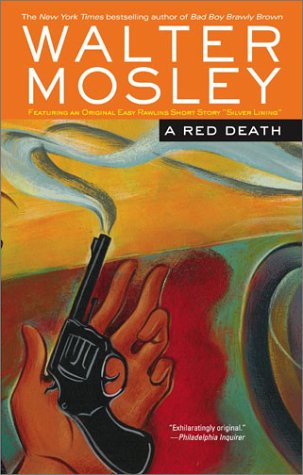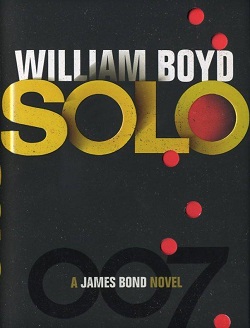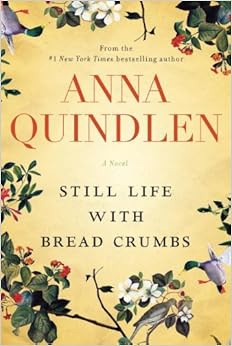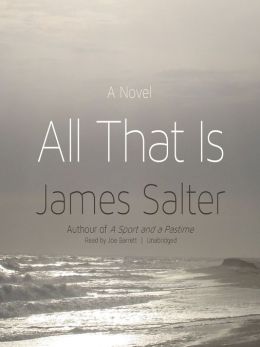This, however, is one of those books that can't be discussed without spoilers, so be aware.
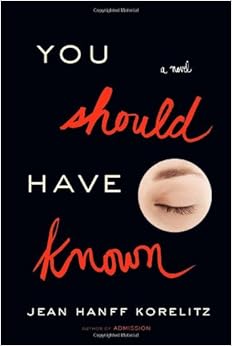
Jean Hanff Korelitz's new novel, You Should Have Known, came with a warning that there was a twist coming. And for the first hundred pages, it seemed evident what that twist would be. Our protagonist is Grace Reinhart Sachs, a therapist whose first book, also entitled You Should Have Known, is just about to be released. Her premise is that women ignore the danger signs that spark that first instinct to not give a fellow a try. Forget about trying to "fix" them, just forget them entirely. Most men can't be fixed. And since Grace has a husband who works, selfessly, as a pediatric oncologist, and a dream marriage that includes a violin-playing son and her fellow socialite Manhattan moms at the private school, everything is set up splendidly for the inevitable betrayal. I even had the other woman pegged from her first appearance.
Korelitz's prose is good enough that I didn't mind reading what seemed to feel like something not entirely unique. I wasn't completely taken with Grace's character, well-drawn as it is, but the construction of everything just in time for it to collapse around the publication of a book about failed relationships was just too good to stop reading. Oh, what egg will be on our heroine's face when the world finds out about the other woman.
Then the other woman turns up dead. And the husband can't be found. That's how Grace learns. Well, now.
Detective fiction typically leaves a lot of supporting characters in the wake, wondering what in the hell just happened. You Should Have Known flips its premise and turns into the story of a player in somebody else's drama. Some other book entirely could be written about the murder, starring the two detectives who are investigating her death and are convinced that the wife of their suspect is just playing dumb and shielding him.
I've never run into a book like this, and I enjoyed the daylights out of it. I hit the hundred-pages-in-twist about the time of day when I needed to stop reading and leave it 'til the next day, and conspired to make time for it whenever I could, staying up quite late and through several more game-changing punches to the gut to finish it. It's a genuinely terrific novel and happily recommended.

